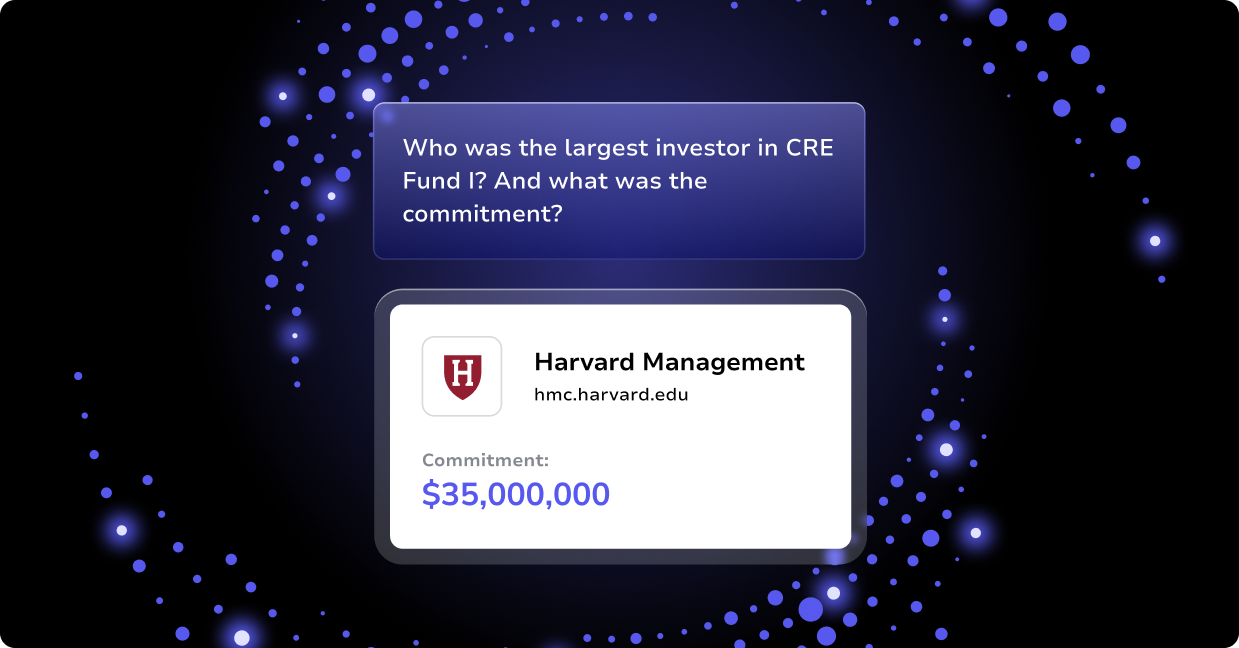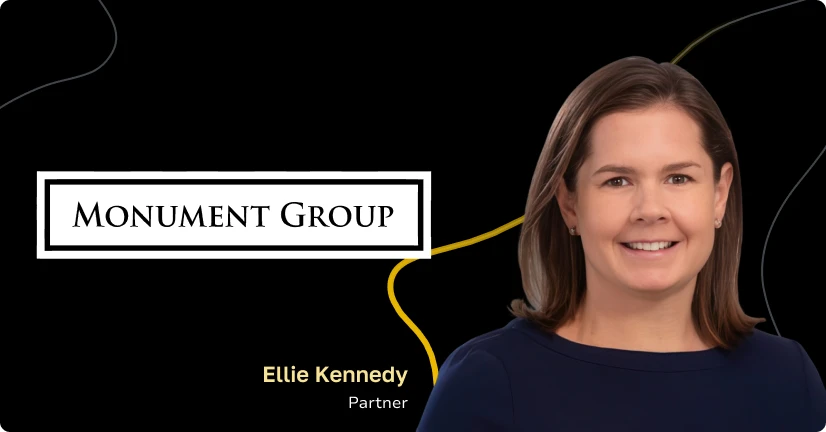As we hit the midpoint of the year, it’s a pivotal moment for Private Equity Fund Managers to reflect on the journey thus far and strategize for the road ahead. The halfway point of the year offers a unique opportunity to pause and critically assess the performance of your portfolio, understand the evolving market dynamics, and recalibrate your strategies to ensure a strong finish to the year. By conducting a thorough mid-year performance review and setting clear, actionable goals for Q3 and beyond, firms can navigate the complexities of the market with confidence and precision.
To help private equity and alternative investment firms optimize success for the remainder of the year, consider these key steps of performance analysis, market assessment, strategic adjustment, and effective investor communication:
Performance Analysis: Reflecting on the First Half of the Year
The first step in strategic planning is to conduct a thorough analysis of your fund’s performance over the first half of the year. This involves:
- Recap of Achievements and Milestones:
- Highlighting key deals closed and successful exits.
- Noting any significant partnerships or expansions within portfolio companies.
- Detailed Performance Analysis:
- Comparing your portfolio’s performance against benchmarks and industry standards.
- Identifying top-performing sectors and standout investments that have driven growth.
- Learning from the Past:
- Evaluate any underperforming investments to identify areas for improvement.
- Using these insights to avoid similar pitfalls in the future.
To effectively execute on this step, technology plays a key role. A powerful private equity CRM platform that centralizes and organizes data enables you to track, monitor, and analyze key metrics in real-time. This integrated approach ensures you have comprehensive, up-to-date insights into your fund’s performance, allowing for more informed decision-making and strategic planning.
Market Outlook: Understanding the Current Landscape
With the analysis complete, it’s essential to understand the current market conditions and how they may influence your strategies:
- Market Trends and Economic Indicators:
- Examining current trends in the economy, including interest rates, inflation, and market liquidity.
- Identifying sectors that show strong growth potential in the latter half of the year.
- Risk and Opportunity Assessment:
- Evaluating potential risks that could impact your portfolio, such as geopolitical events or regulatory changes.
- Highlighting emerging opportunities, including technological advancements and shifts in consumer behavior.
Strategic Adjustments: Planning for Success in 2H:
Based on your performance analysis and market outlook, it’s time to adjust your strategies to help ensure continued success:
- Revisiting Investment Strategies:
- Modifying your investment approach based on insights from the period review.
- Exploring new investment opportunities and diversifying into promising sectors.
- Risk Management and Contingency Planning:
- Strengthening risk management practices to safeguard against potential downturns.
- Developing contingency plans to address unforeseen challenges.
Integrating advanced technological tools, such as data analytics and visualization, can significantly enhance your market outlook analysis and strategic adjustments. These technologies provide deeper insights into market trends and investment strategies, enabling more accurate forecasting. Additionally, risk and opportunity assessments can be improved through real-time data monitoring and predictive analytics, allowing for proactive adjustments to your strategy. By utilizing domain-specific platforms, like Altvia, you can streamline data collection, improve decision-making processes, and stay ahead of market shifts, ultimately supporting a more informed and agile investment approach.
Investor Communication: Strengthening Relationships
As you optimize for the second half of the year, effective communication with your investors is key to maintaining their confidence and support:
- Transparent Performance Reporting:
- Sharing detailed mid-year performance reports with your investors.
- Providing context around achievements and areas for improvement.
- Engaging Stakeholders:
- Utilizing digital platforms and solutions for seamless and secure communication with investors.
- Hosting webinars or virtual meetings to discuss mid-year performance and future plans.
Operational Efficiency: Optimizing for Growth
Lastly, ensuring operational efficiency can significantly enhance your fund’s performance:
- Process Evaluation and Optimization:
- Reviewing internal processes to identify areas for improvement.
- Implementing technology solutions to streamline operations and enhance decision-making.
- Talent Management and Development:
- Focusing on team development and providing training to enhance skills.
- Retaining top talent by fostering a supportive and growth-oriented work environment.
The right technology helps you optimize for growth by enabling data-driven insights, automation of processes, and the ability to adapt quickly to market changes. By identifying and implementing operational improvements, you can drive strategic growth, support sustainable expansion, and maintain a competitive advantage in the marketplace.
2H 2024 Recommendation Summary
As we move into the second half of the year, a comprehensive mid-year performance review and strategic planning are essential for Private Equity Fund Managers aiming for continued success. By analyzing past performance, understanding the market landscape, adjusting strategies, communicating effectively with investors, and optimizing operations, you can set the stage for a strong Q3 and beyond.
At Altvia, we provide the solutions and insights you need to make informed decisions and achieve your strategic goals. Contact us today to learn how we can support your fund’s growth and success in the coming months: https://altvia.com/book-a-meeting/




